Have you ever encountered a puzzle that combines images, letters, and symbols to convey a word or phrase? Welcome to the intriguing realm of rebus puzzles! These visual brainteasers challenge your mind, offering both entertainment and a mental workout.
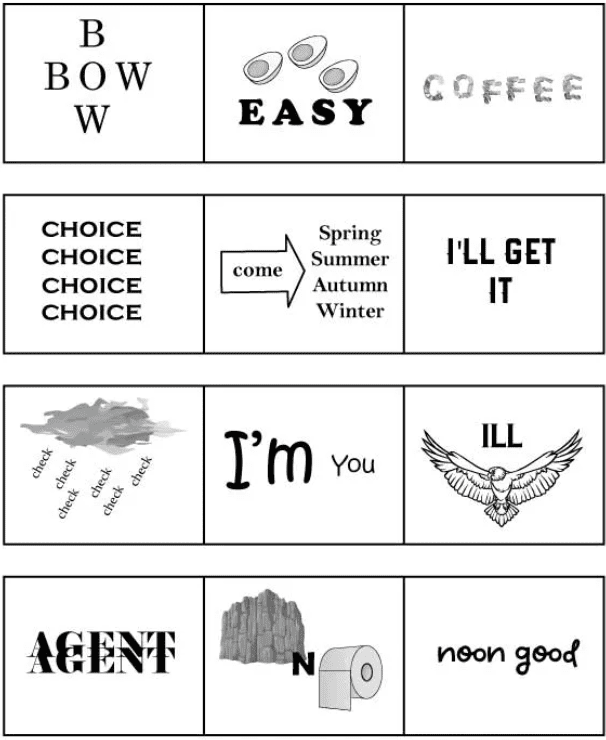
What Are Rebus Puzzles?
Rebus puzzles are visual representations that use pictures, letters, and symbols to depict words or phrases. The challenge lies in interpreting the arrangement and elements to uncover the hidden meaning. For instance, the combination of the letter “F” and an image of an ear translates to the word “fear.”
The Appeal of Rebus Puzzles
Why are rebus puzzles so captivating? They engage our brains in unique ways, enhancing problem-solving skills and encouraging lateral thinking. Solving these puzzles requires creativity and the ability to see beyond the obvious, making them a favorite pastime for many.
Examples of Rebus Puzzles
Let’s explore some common rebus puzzles and their solutions:
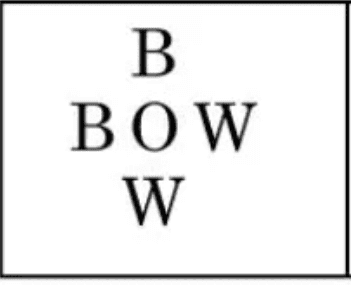
- Crossbow: The word “cross” positioned over the word “bow.”
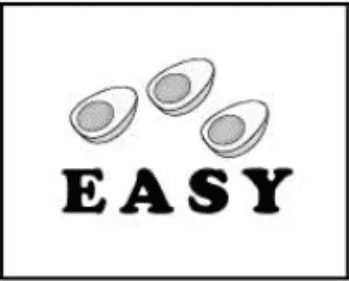
- Eggs Over Easy: The word “eggs” placed above the word “easy.”

- Coffee Break: The word “coffee” followed by a break or space, then the word “break.”
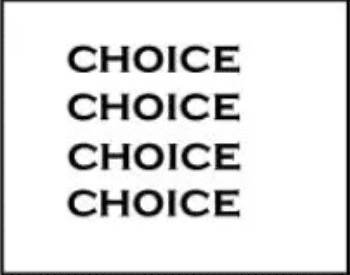
- Multiple Choice: The word “choice” repeated multiple times.

- Come Into Season: The word “come” entering into the word “season.”
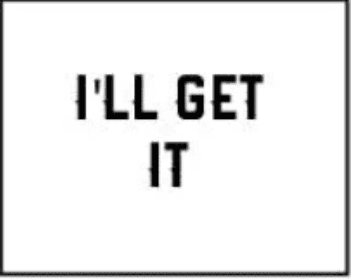
- I’ll Get Over It: The phrase “I’ll” climbing over the word “it.”

- Raincheck: The word “rain” followed by a checkmark.
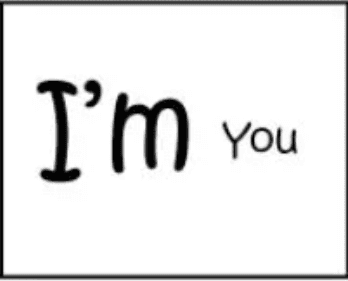
- I’m Bigger Than You: The word “I” larger than the word “you.”
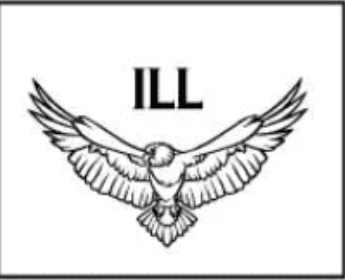
- Illegal: The word “ill” next to an image of an eagle.
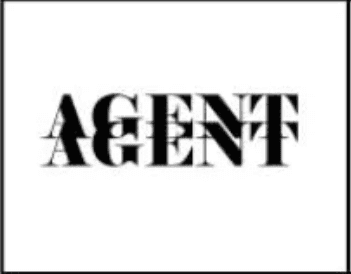
- Double Agent: The word “agent” written twice.
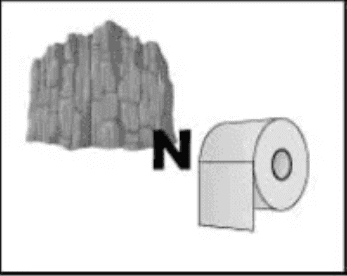
- Rock ‘n’ Roll: The word “rock” followed by the letter “n” and then the word “roll.”
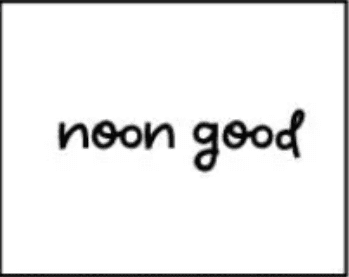
- Good Afternoon: The word “good” placed above the word “afternoon.”
These examples illustrate the diverse ways rebus puzzles can represent words and phrases, challenging solvers to think outside the box.
Tips for Solving Rebus Puzzles
To become proficient at solving rebus puzzles, consider the following strategies:
- Analyze the Layout: Pay attention to the positioning of words and images. Their arrangement often provides clues to the solution.
- Consider Wordplay: Look for homophones, puns, or common phrases that the puzzle might be hinting at.
- Break Down Symbols: Identify each element of the puzzle and think about what it represents individually and collectively.
- Think Phonetically: Sometimes, saying the components out loud can help you recognize the intended phrase.
- Look for Common Expressions: Many rebus puzzles are based on idioms or well-known sayings.
Benefits of Engaging with Rebus Puzzles
Engaging with rebus puzzles offers several cognitive benefits:
- Enhanced Problem-Solving Skills: They encourage you to approach problems from different angles.
- Improved Memory: Regular practice can boost memory retention and recall.
- Increased Mental Agility: They keep your mind sharp and agile, promoting quick thinking.
- Stress Relief: Solving puzzles can be a relaxing activity, providing a sense of accomplishment.
Conclusion
Rebus puzzles are more than just a fun pastime; they’re a tool for mental stimulation and cognitive development. Whether you’re a novice or an experienced puzzle enthusiast, the world of rebus puzzles offers endless opportunities to challenge your mind and enjoy the thrill of discovery. So, the next time you come across a seemingly cryptic combination of images and letters, embrace the challenge and dive into the delightful puzzle that awaits.